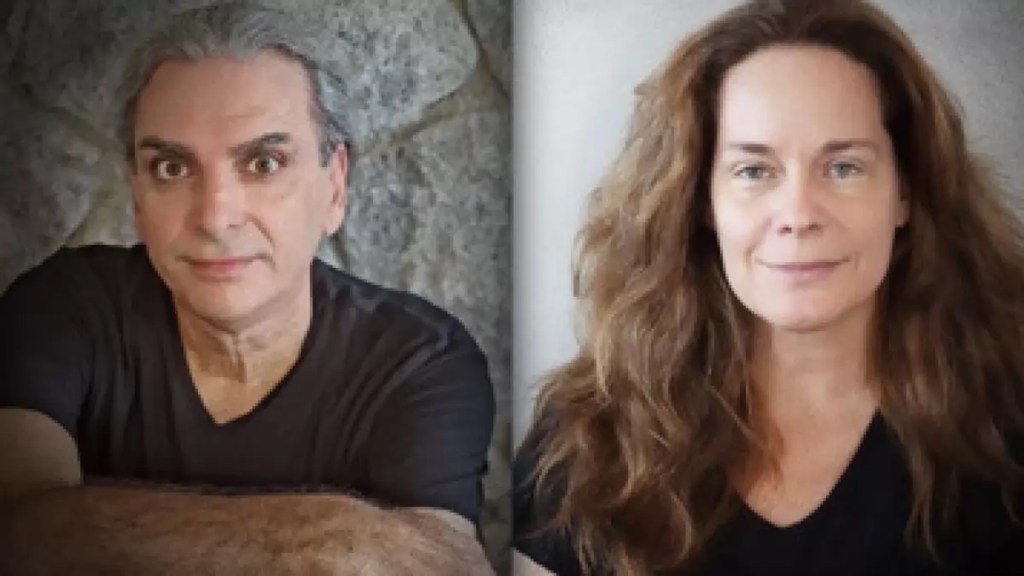Black and hispanic Americans are more likely to endure police brutality — like being roughly patted down, grabbed, handcuffed, struck with a baton or pressed up against a wall — than whites are, a new study has found.
But, when it comes to the most extreme instance of police force — shooting — researchers found no racial bias.
Videos by VICE
The study was authored by Roland Fryer, a professor of economics at Harvard University, and published by the National Bureau of Economic Research.
As Fryer points out in his introduction, police brutality against black people in America has a long, ugly, loaded past.
“For much of the 20th century,” Fryer writes, “law enforcement chose to brazenly enforce the status quo of overt discrimination, rather than protect and serve all citizens.”
Lesser instances of misconduct, like those which may not cause loss of life but can be an assault on a person’s dignity or inflict physical pain, are difficult to track.
“For all the eerie similarities between the current spate of police interactions with African Americans and the historical injustices which remain unhealed, the current debate is virtually data free,” Fryer notes.
The study found that, even when accounting for variables, such as where the interaction occurred (in a low crime or high crime area), the conclusions were largely the same: That police are 50 percent more likely to use force on blacks and hispanics than they are on whites.
The study also found that, even as use of force escalates — from grabbing a civilian to striking them with a baton — the “overall probability of such an incident occurring decreases dramatically but the racial difference remains roughly constant.”
Even when black civilians are reported compliant and no arrest made, they are 21.3 percent more likely to endure some kind of force.
Researchers relied on four datasets to draw their conclusions — including data from New York’s infamous “Stop and Frisk” program, which contained five million observations over a ten year period. They also drew on data from the Police-Public Contact Survey, a nationally representative sample of civilians which provides, from their point of view, information about police interactions. Fryer and his team also assembled two other datasets: One detailed all incidents where an officer discharged his weapon in three Texas cities, six Florida counties, and Los Angeles County. The other is a random sample of police-civilian interactions from arrest records in the Houston Police Department.



